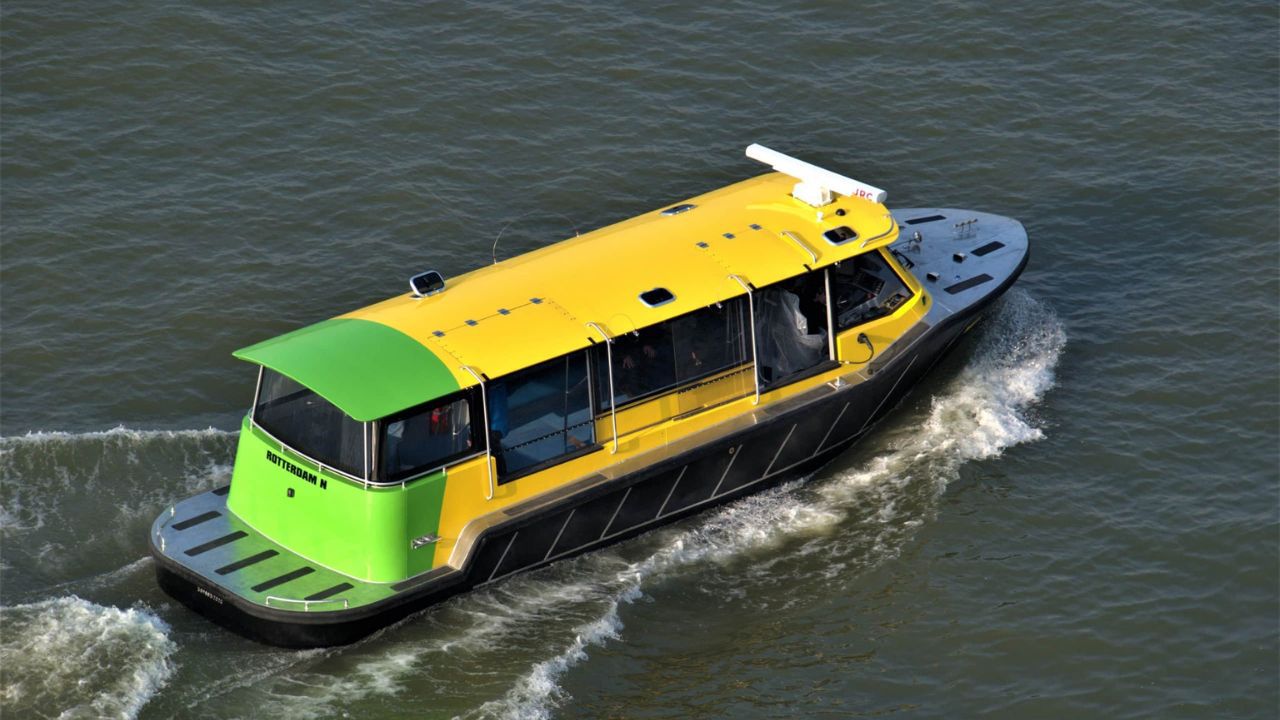Nitin Gadkari, Minister of Road Transport and Highways, Government of India, announced an ambitious proposal to deploy 10,000 water taxis for connecting Mumbai’s far-flung suburbs to the upcoming Navi Mumbai International Airport. Speaking at the International Conference and Exhibition on Reinforced Plastics (ICERP) 2025, Gadkari revealed that he had already discussed the idea with Maharashtra Chief Minister Devendra Fadnavis. This initiative, he said, would drastically cut travel time, enabling commuters from areas like Virar along the Arabian Sea and Kalyan-Dombivli near Thane Creek to reach the airport in just 70 minutes.
Faster Connectivity for Suburban Commuters
"From Vasai-Virar to Kalyan-Dombivli, these water taxis can link passengers to the new airport in 70 minutes," Gadkari said, emphasising the transformative potential of the project. He added that passenger flights from the Navi Mumbai International Airport are expected to commence in April next year, with a metro rail connection also in the pipeline to enhance overall accessibility.
Fibre-Reinforced Plastic
Highlighting the need for innovative materials, Gadkari suggested that the 10,000 water taxis could be constructed using fibre-reinforced plastic (FRP). This material is increasingly favoured in the shipping industry for its durability, lightweight properties, and cost efficiency. The minister also urged stakeholders to focus on reducing production costs for FRP-based vessels, making them more accessible for large-scale projects.
A Game-Changer for Mumbai’s Commute
This proposal holds the potential to revolutionise Mumbai's commuting landscape, easing congestion on roads and providing a faster, eco-friendly alternative for travellers. By integrating modern technology and materials, the government aims to bolster the city’s infrastructure while promoting sustainable transport solutions.




